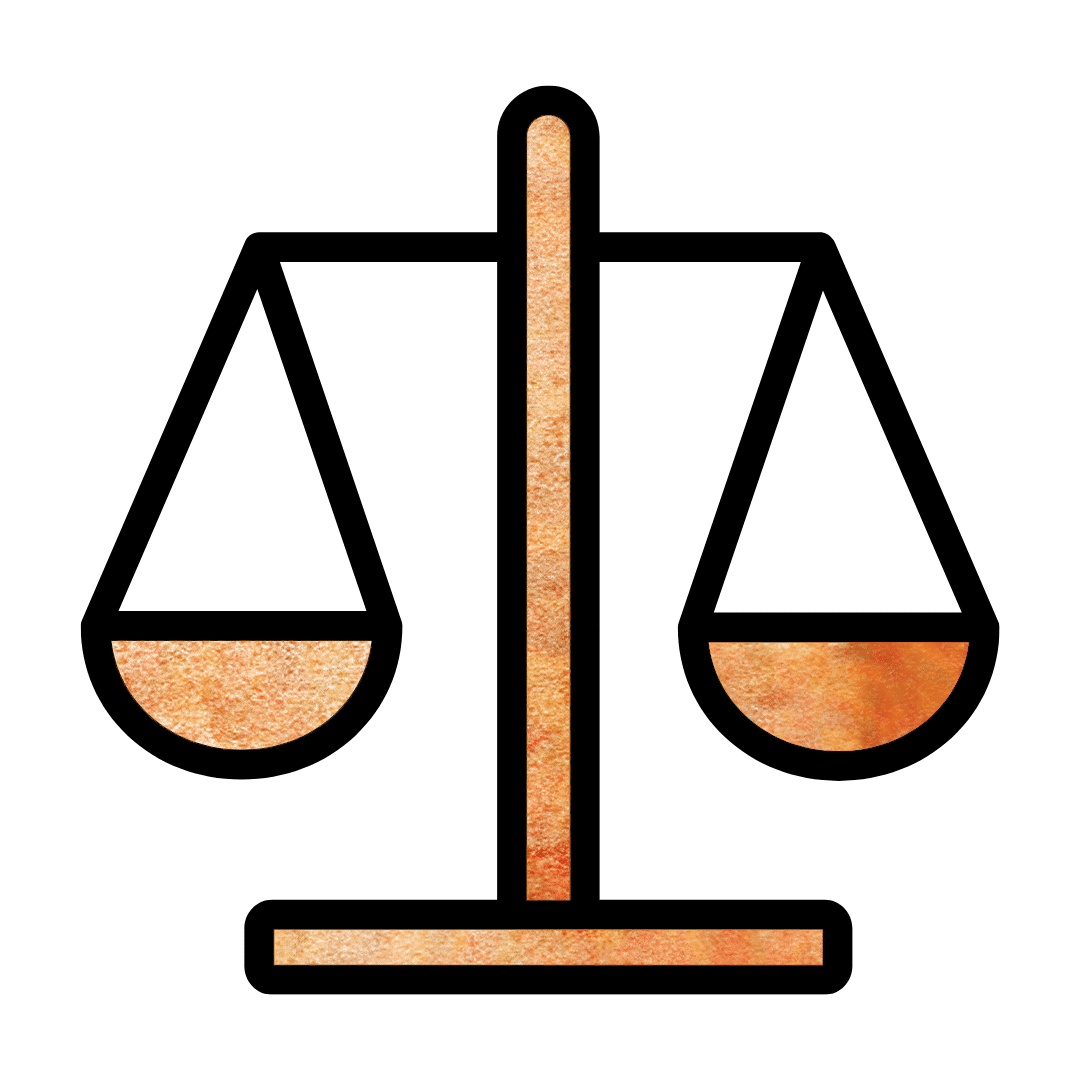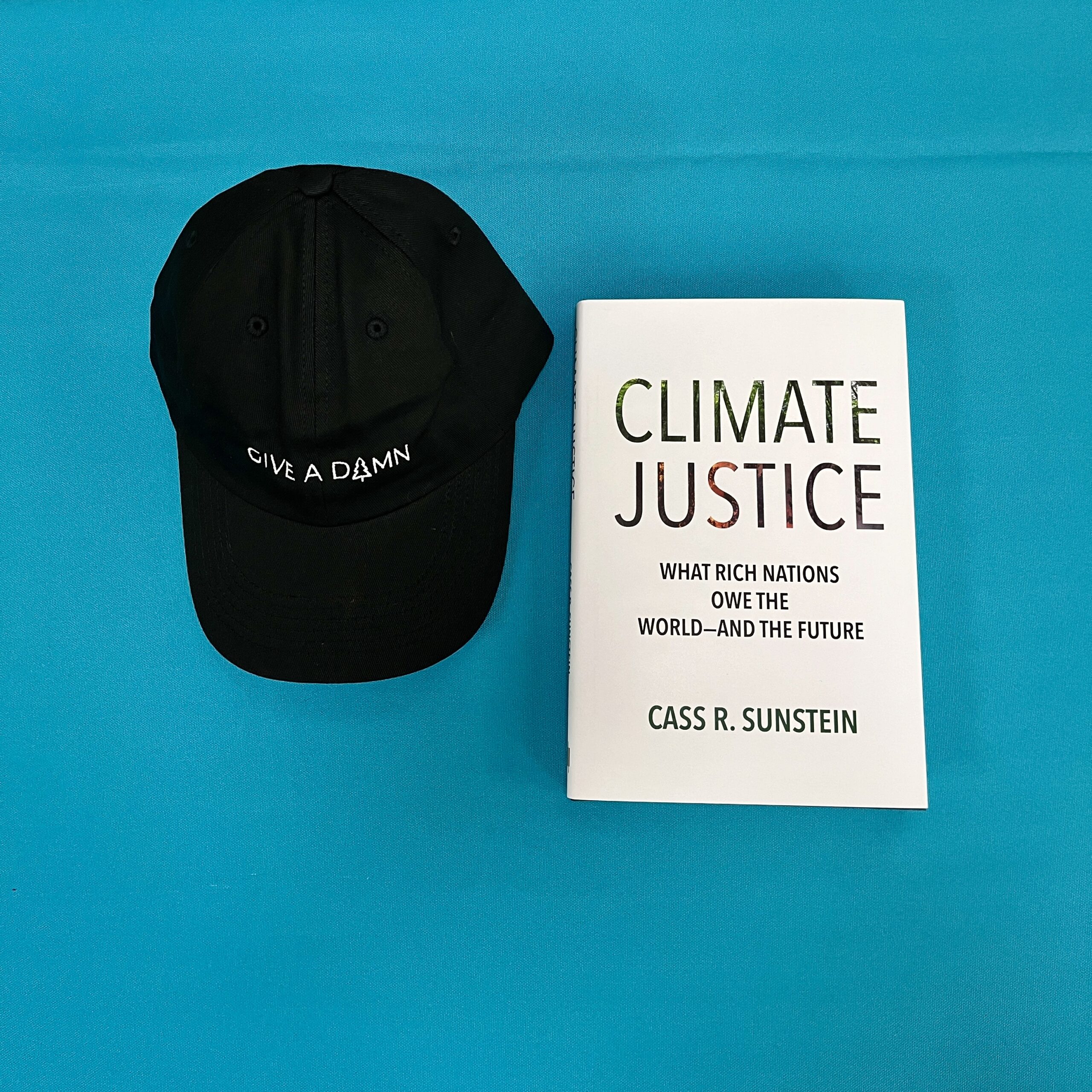
Climate change and environmental harm don’t affect everyone equally. Environmental racism has placed the heaviest climate burdens on communities of color, Indigenous peoples and marginalized groups. This unfairness, known as climate inequality, illustrates how those who contribute the least to the crisis often suffer the most. Low-emitting countries continue to face devastating storms, droughts, and rising seas, while wealthier, high-emitting countries are better able to protect themselves. By 2050, nearly 216 million people could be displaced as climate refugees, forced to leave their homes as disasters multiply and livelihoods disappear.

Young people around the world are leading the climate justice movement by organizing communities, demanding action, and taking governments to court. In 2024, youth plaintiffs in Held v. Montana won a groundbreaking case when the Montana Supreme Court affirmed their constitutional right to a clean, healthful environment. That same year, South Korea’s Constitutional Court sided with young activists, ruling that weak climate policies unfairly burden future generations and ordering the government to implement stronger emissions cuts by 2026. And in 2025, the Inter-American Court of Human Rights issued a landmark opinion emphasizing the binding duty of states to prevent and mitigate climate harms.
According to the court, “preventing harm to the climate system is a global legal obligation, incumbent upon all states,” highlighting that governments have a human rights responsibility to act urgently on climate change. Youth-led efforts were cited as a driving force behind these decisions. Together, these victories show how young people are reshaping laws, inspiring global action, and pushing for justice for both people and the planet.
This momentum is propelled by organizations advancing bold, systemic solutions for climate justice. Earth Guardians empowers young people to lead transformative action through art, music, storytelling, grassroots projects, civic engagement, and legal advocacy. The Captain Planet Foundation cultivates problem-solving for the planet through hands-on environmental education and funds youth-led initiatives that deliver measurable benefits for communities and ecosystems worldwide.
At the international level, progress is also taking shape through new financial mechanisms. The Loss and Damage Fund—created to support communities least responsible for climate change yet most affected—has received about $789 million in pledges as of June 2025. While this marks an important step forward, it underscores both the progress made and the scale of funding still needed to reach the world’s most vulnerable communities.
Achieving climate justice requires both personal commitment and systemic change. By enacting fair policies, uplifting grassroots leadership, and centering frontline communities, we can create a future where everyone, everywhere, has the chance not just to survive, but to thrive.
RESOURCES
CHALLENGE
Environmental injustice exists all around us, often hidden in plain sight. Observing local issues and considering who is affected is the first step toward meaningful change.
This is your moment to pause. You’re part of a global movement that links personal action to collective impact. By reflecting on your experiences, you help turn awareness into a force for justice and a more sustainable future.
Extraordinary individuals use their voices, wisdom, and determination to spark movements and create lasting change ––often in the face of great challenges.

Each Greener Winner will receive:

Each Greenest Winner will receive: